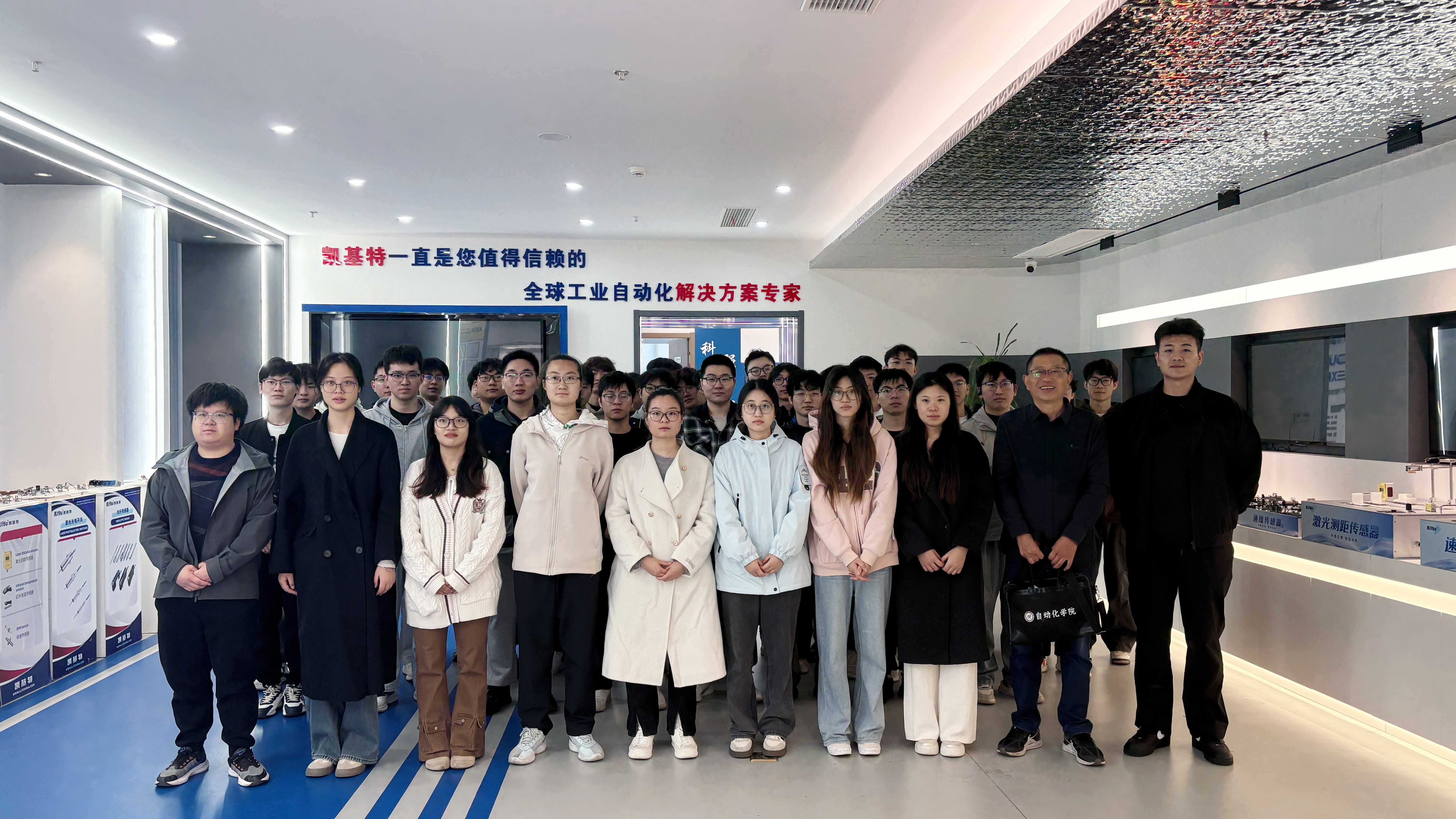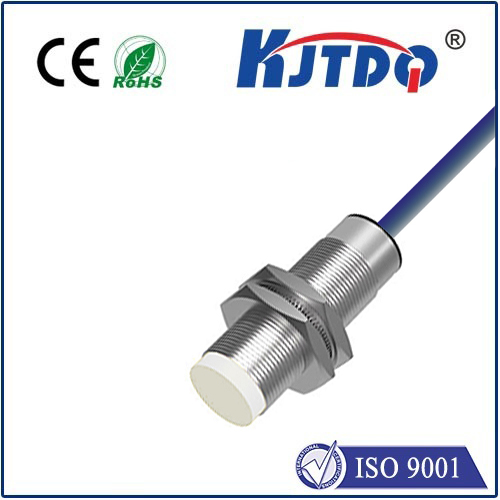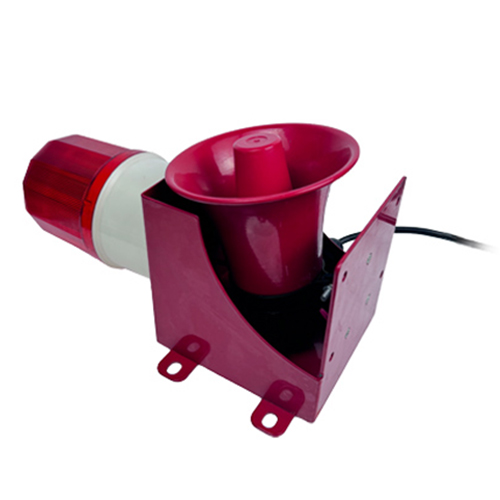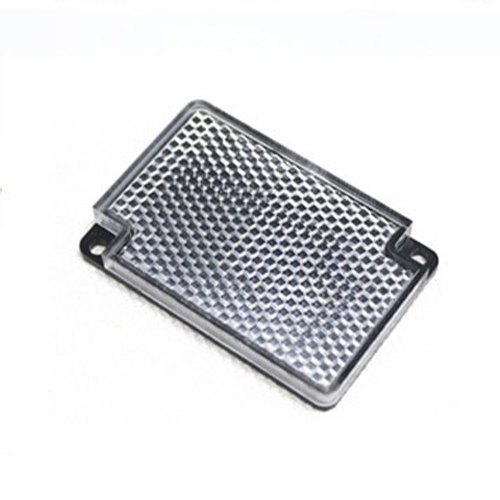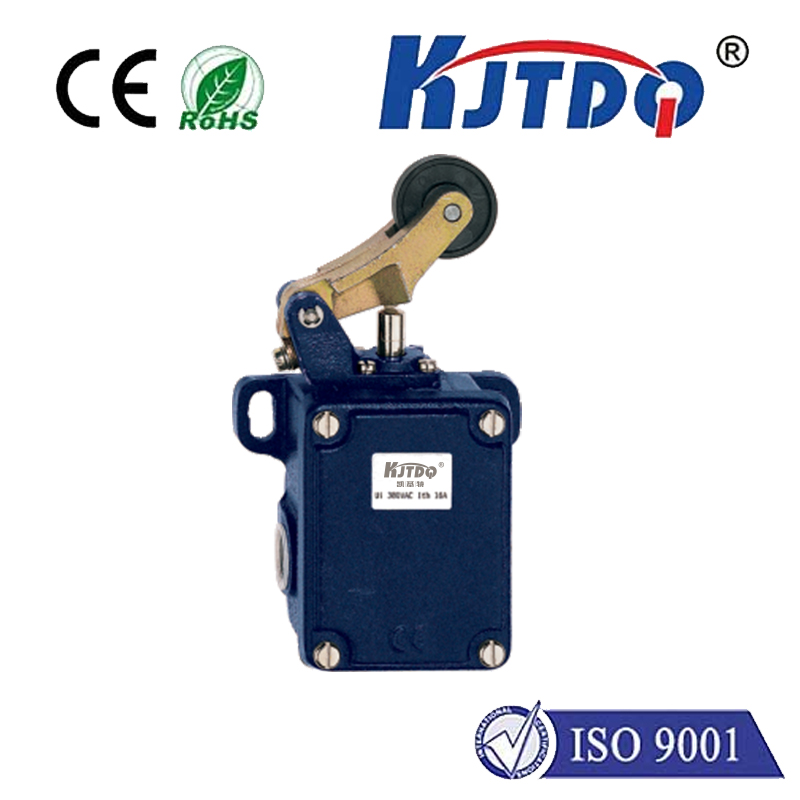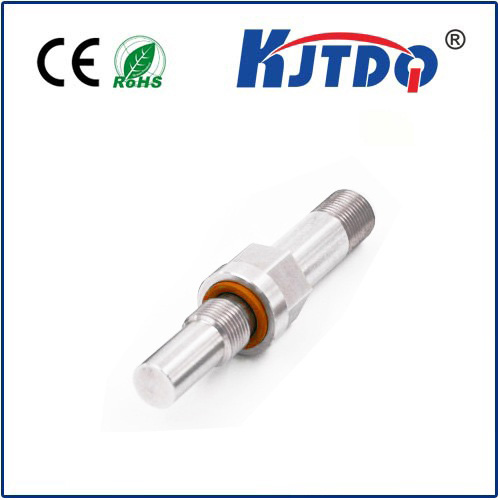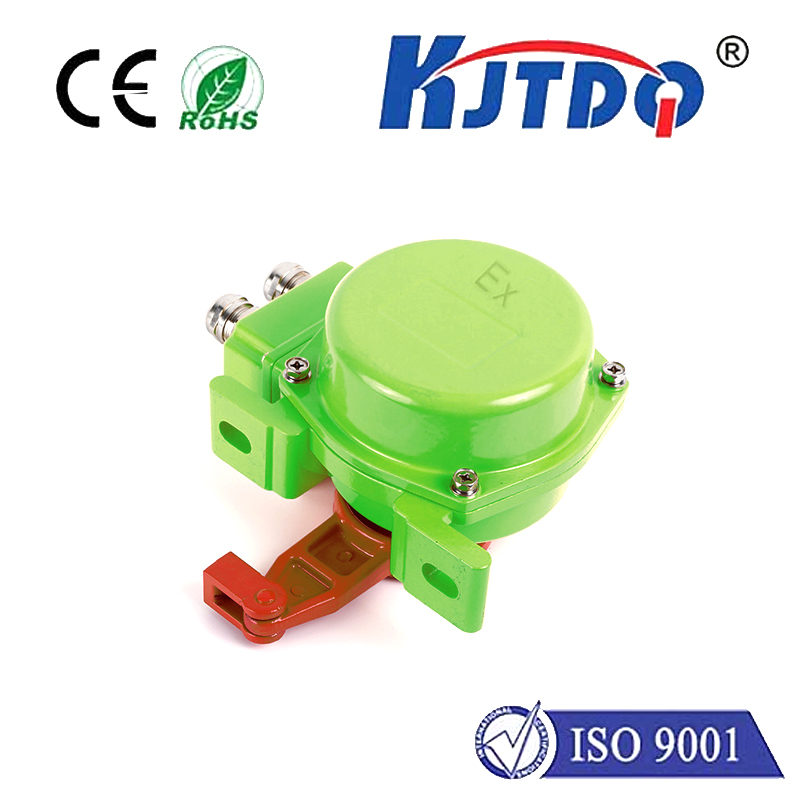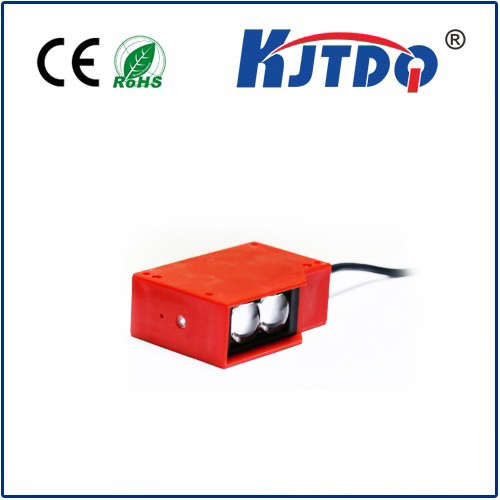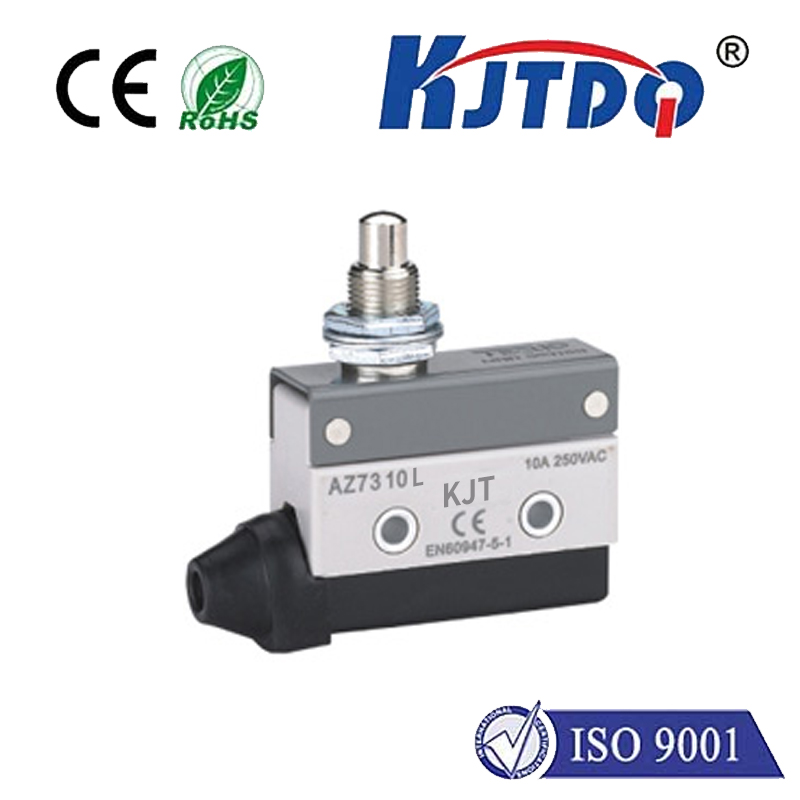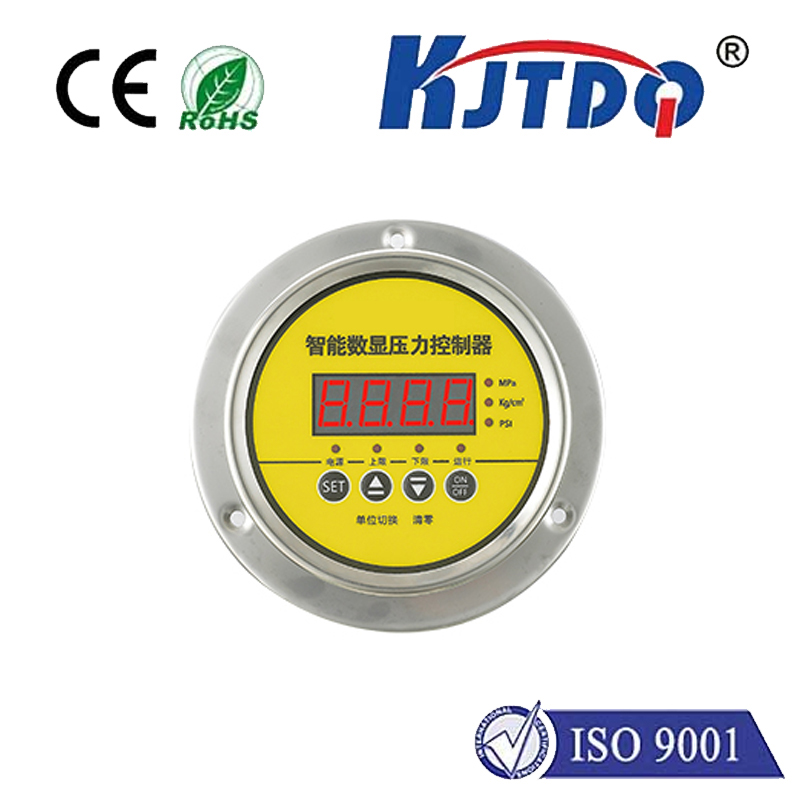Фотоэлектрический датчик уровня воды
- time:2025-07-24 03:44:37
- Нажмите:0
Photoelectric Water Level Sensors: Illuminating Precision in Liquid Monitoring
Imagine a water level detection method so reliable it works flawlessly in coffee machines, massive industrial tanks, and even corrosive chemical vats, all without ever touching the liquid. This isn’t science fiction; it’s the reality delivered by photoelectric water level sensors. These ingenious devices harness the fundamental properties of light to provide non-contact, highly accurate, and often maintenance-free solutions for one of the most common measurement needs across countless industries. Understanding how they work reveals why they are increasingly the go-to choice for precise liquid level control.
The Core Principle: Light’s Interaction with Matter
At the heart of every photoelectric water level sensor lies a simple yet powerful physical phenomenon: the refraction and total internal reflection of infrared (IR) light at the interface between different materials (like air and water or plastic and liquid).
Here’s the breakdown:
- Internal Components: Inside the sensor’s tip (usually made of a durable, transparent plastic or glass-like material), resides an infrared Light Emitting Diode (IR LED) and a phototransistor or photodiode receiver.
- The “Air” State: When the sensor tip is surrounded by air, the IR light emitted from the LED undergoes total internal reflection within the prism-shaped tip. This reflected light is efficiently directed towards and detected by the phototransistor receiver. The sensor electronics interpret this strong receiver signal as the “Dry” or “No Liquid Present” state.
- The “Liquid” State: When the sensor tip is submerged in liquid, the refractive index changes drastically. Now, much of the IR light refracts out into the liquid instead of reflecting internally. Consequently, significantly less light reaches the phototransistor receiver. This dramatic drop in received light intensity is detected by the sensor’s internal circuitry, triggering a change in its output state to indicate “Wet” or “Liquid Present”.
Why Choose Photoelectric Sensing? Key Advantages

The unique operating principle of photoelectric water level sensors translates into a compelling set of advantages that often surpass traditional methods like float switches or conductive probes:
- Non-Contact Sensing: The sensing element (the prism tip) doesn’t rely on moving mechanical parts like floats. This makes it inherently immune to issues like sticking, jamming, or wear due to sludge, viscosity, or suspended solids. The liquid only contacts the inert sensor tip.
- High Reliability & Longevity: With no moving parts to fail and sealed electronics, photoelectric sensors offer exceptional operational lifespan and reduced maintenance requirements, particularly in demanding environments.
- Speed and Accuracy: The optical detection mechanism operates almost instantaneously. The detection point is precisely defined by the location of the prism tip, offering point-level accuracy.
- Многогранность: These sensors work effectively with diverse liquids – water, oils, fuels, mild chemicals (provided the sensor housing and tip material are chemically compatible), and even opaque liquids like milk or detergent, as long as they alter the light refraction sufficiently. They are also unaffected by foam or bubbles accumulating above the sensing tip.
- Contamination Resistance: Unlike conductive probes, they are not fooled by mineral deposits or scale on the sensor body above the water line, as the critical detection happens only at the prism tip interface. Buildup on the tip itself can be an issue in some applications, but the design helps mitigate this compared to conductive types.
- Output Flexibility: They typically provide simple, robust digital outputs (e.g., NPN/PNP transistor, solid-state relay) easily interfaced with PLCs, microcontrollers, pumps, alarms, or indicator lights. Common configurations are normally open (NO) or normally closed (NC), switching state based on liquid presence.
Where Light Makes the Difference: Applications Galore
The inherent strengths of photoelectric level sensors make them ubiquitous:
- Household Appliances: Coffee machines, water dispensers, humidifiers, steam irons, dishwashers, washing machines (overfill protection).
- Промышленная автоматизация: Coolant level control in CNC machines, lubricant reservoirs, leak detection systems, tank high/low level alarms.
- Automotive: Windshield washer fluid reservoirs, coolant overflow tanks, brake fluid reservoirs.
- Aquatics & Agriculture: Aquarium and hydroponics tank level control, irrigation system monitoring, sump pump control.
- Medical & Laboratory Equipment: Fluid level sensing in analyzers, dialysis machines, reagent bottles (with compatible materials).
- Food & Beverage: Monitoring levels in dispensing systems, small batch tanks (considering material compatibility like FDA-approved plastics).
- HVAC Systems: Condensate drain pan overflow protection.
Selecting the Right Sensor: Key Considerations
While powerful, ensuring a photoelectric sensor fits your application requires attention to:
- Material Compatibility: Verify the sensor housing (often stainless steel, brass, or specific plastics like PPS, PP) and prism tip material (e.g., PTFE, PEEK, acrylic) are chemically resistant to the liquid being sensed, especially with corrosive substances or solvents.
- Liquid Properties: Ensure the liquid has a sufficiently different refractive index than the sensor tip material (most common liquids do). Extremely viscous liquids or those that readily coat the tip might cause reliability issues.
- Temperature & Pressure Ranges: Confirm the sensor can withstand the operating temperatures and pressures of the application environment.
- Output Type & Voltage: Match the sensor’s electrical output (NPN, PNP, relay) and supply voltage requirements (e.g., 5V DC, 12-24V DC) to your control system.
- Mounting: Consider thread size and type (e.g., NPT, BSP, G), orientation (vertical mounting is typical), and ease of installation. Proper positioning at the exact desired level point is crucial for accurate detection.
Beyond the Basic Point Level
While the standard configuration provides a single-point “full/empty” or “on/off” signal, variations exist. Some photoelectric sensors incorporate multiple sensing points along a probe shaft, offering basic multi-level indication. However, for true continuous level measurement over a range, other technologies like ultrasonic or radar sensors are generally more suitable. The photoelectric sensor excels primarily at precise, reliable single-point detection.
A Clear Choice for Reliable Detection
Photoelectric water level sensors represent a sophisticated yet elegantly simple solution. By leveraging the physics of light refraction and reflection, they overcome many limitations of older technologies. Their inherent reliability, longevity, speed, and non-contact operation make them indispensable assets in applications demanding consistent, maintenance-free liquid level monitoring. From ensuring your morning coffee is perfectly brewed to preventing costly industrial spills or equipment damage, these silent optical guardians, working with infrared light unseen by the human eye, provide a fundamental layer of control and safety wherever liquids need to be managed. When precision, reliability, and minimal maintenance at a specific liquid level point are priorities, the photoelectric sensor offers an illuminatingly effective answer.




